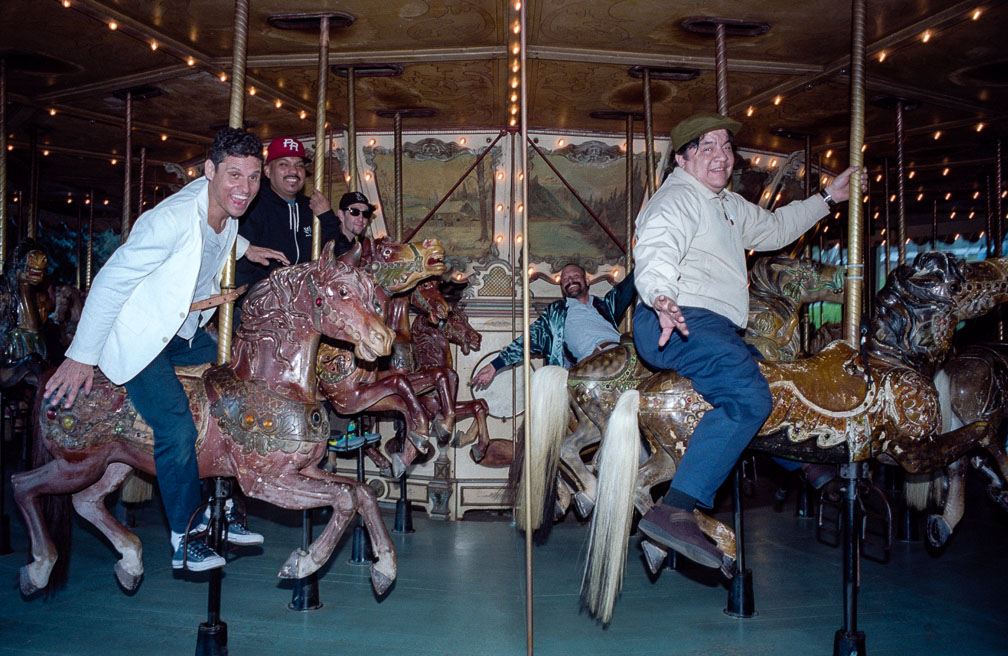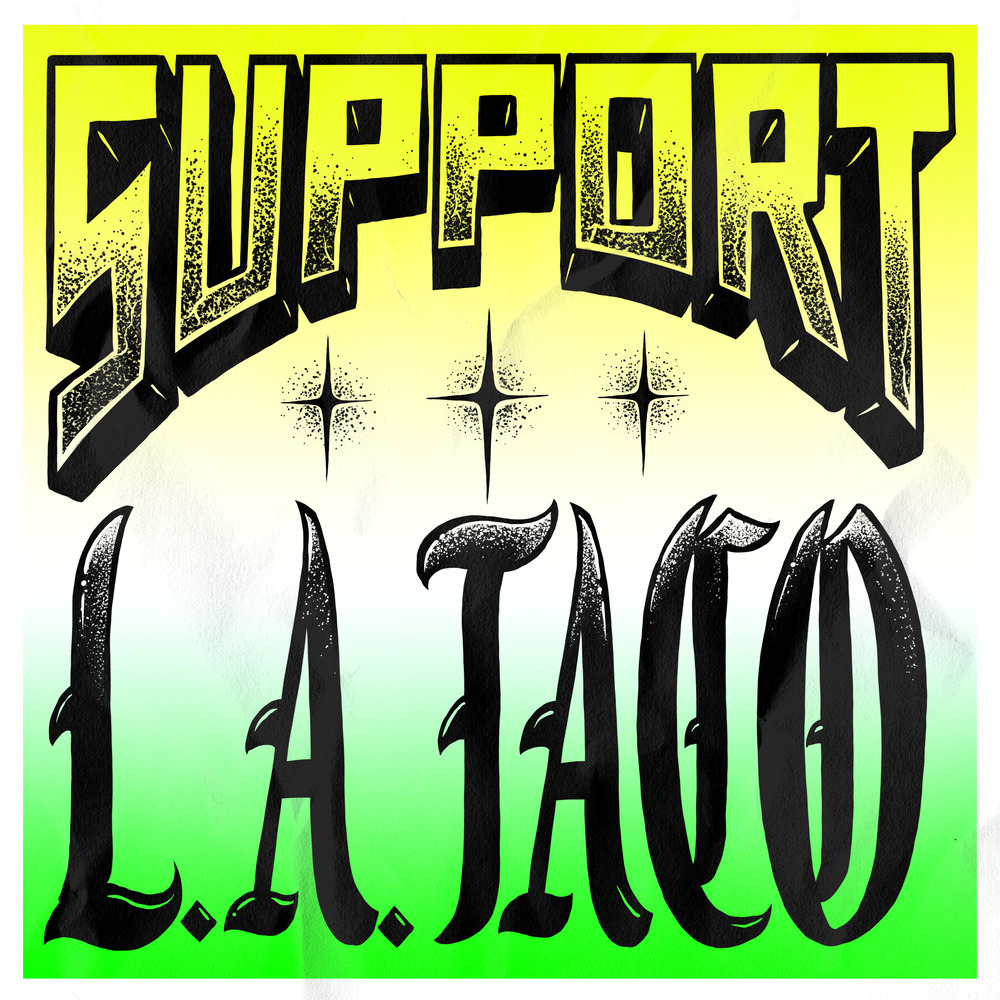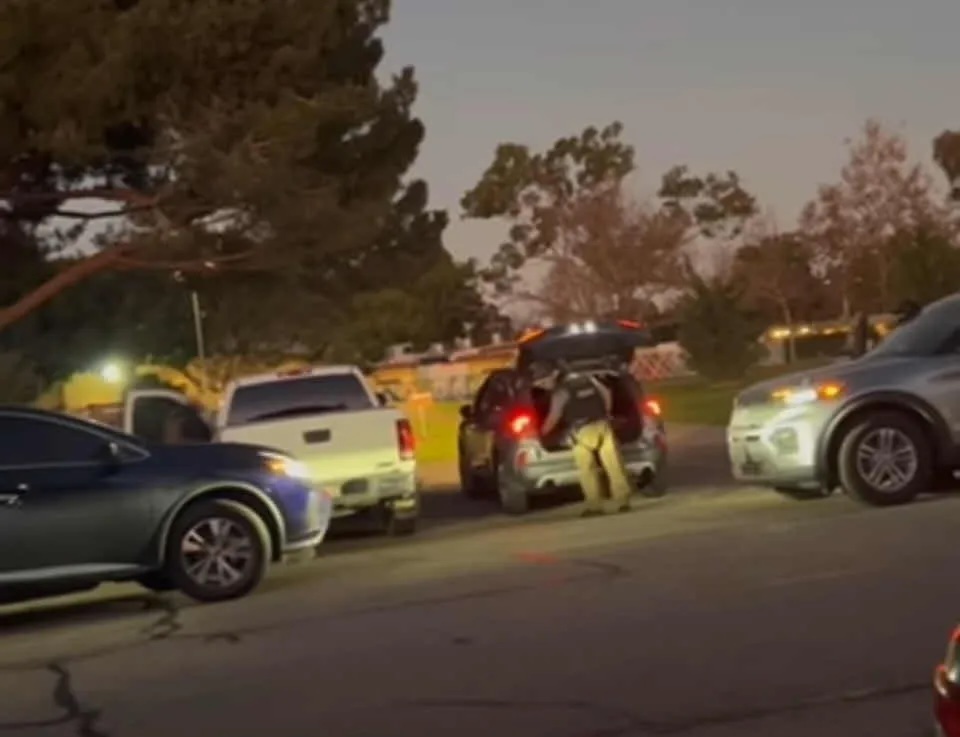[dropcap size=big]V[/dropcap]ery Be Careful, purveyors of a northern Colombian folk music tradition known as vallenato, earned a reputation as the Eastside’s premiere party band thanks to their scorching late-night sets at the dive bars and underground venues that dotted downtown Los Angeles and Koreatown in the 90s.
But as the group gained a wider recognition in the mid-00s, even bringing its dance-ready vallenato to international festivals and concert halls, the downtown scene where it got its start began to erode.
“The neighborhood is in now the shadows of these condos,” bassist Arturo Guzman tells L.A. Taco. “The club prices and cocktail places have followed suit, and people can't afford to have the same experience they did when we were first starting out.”
This Friday, the band is set to perform a free show at Levitt Pavilion in MacArthur Park to present their latest album, Daisy’s Beauty Salon. Its named for the band’s mother, who owned a beauty salon in Westlake in the 70s and 80s. She also wrote most of the songs the band performs on the album, which recount establishing a new life as an immigrant in L.A.
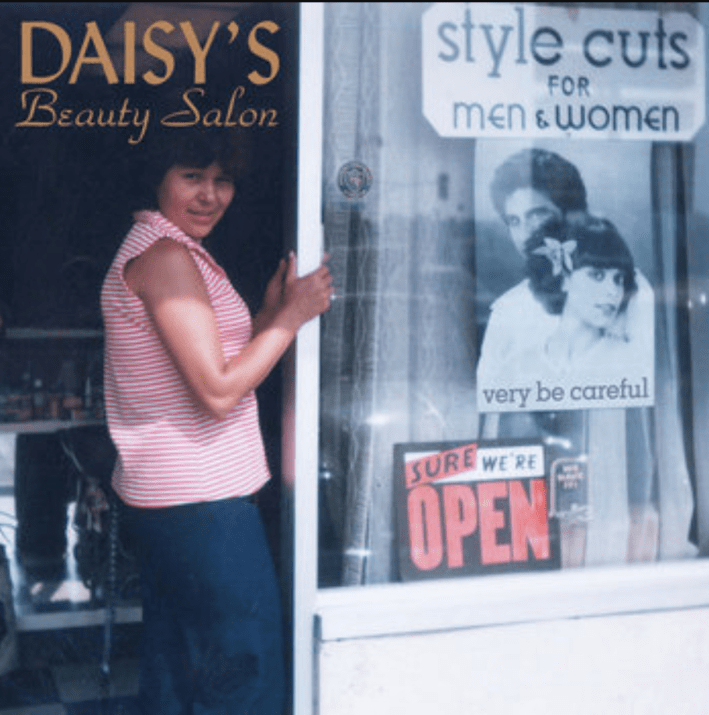
“She’s been writing for us our entire career,” Guzman says. “She’s got a million songs and we’ve only done a handful. On this album, she tells the story of her immigrant experience, not so much directly, but poetically.”
The album’s cover, featuring a faded photograph of Daisy in front of the salon in its heyday, holds a nostalgia for a version of L.A. that’s receding as the downtown area develops. But even as the neighborhood gentrifies and the underground clubs disappear, Very Be Careful is finding creative ways to play local gigs.
Last month, the group hosted a record release show for a packed house at the downtown Colombian restaurant Sabor Colombiano.
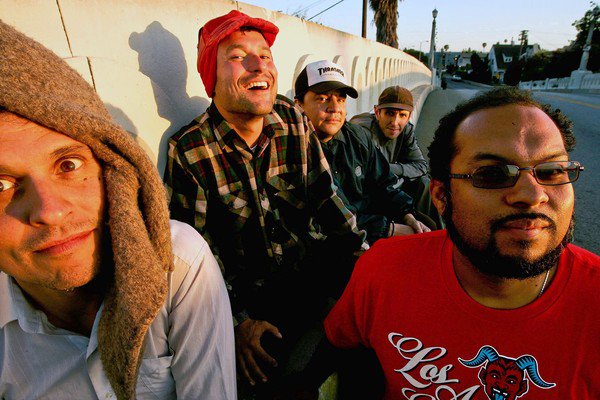
[dropcap size=big]V[/dropcap]ery Be Careful was formed by Guzman and his brother Ricardo, who grew up hearing vallenato and other Latin music styles blasting from the markets and apartment buildings in their Westlake neighborhood.
Influenced by the hip hop and punk rock of the time, the Colombian American brothers – along with band members Dante Ruiz, Craig Martin and Richard Panta – brought a raw, bass-heavy approach to the vallenato tradition. They began playing house parties and bars around Westlake and soon gained a diverse cross-section of local fans.
Vallenato, a cousin of cumbia, is characterized by the dueling Caribbean rhythms of the caja drum and the guacharaca (a ridged wooden scraper), combined with the propulsive wail of a three-button accordion. The songs tell stories of loss and redemption, often evoking a supernatural fabulism reminiscent of a Gabriel García Márquez short story.
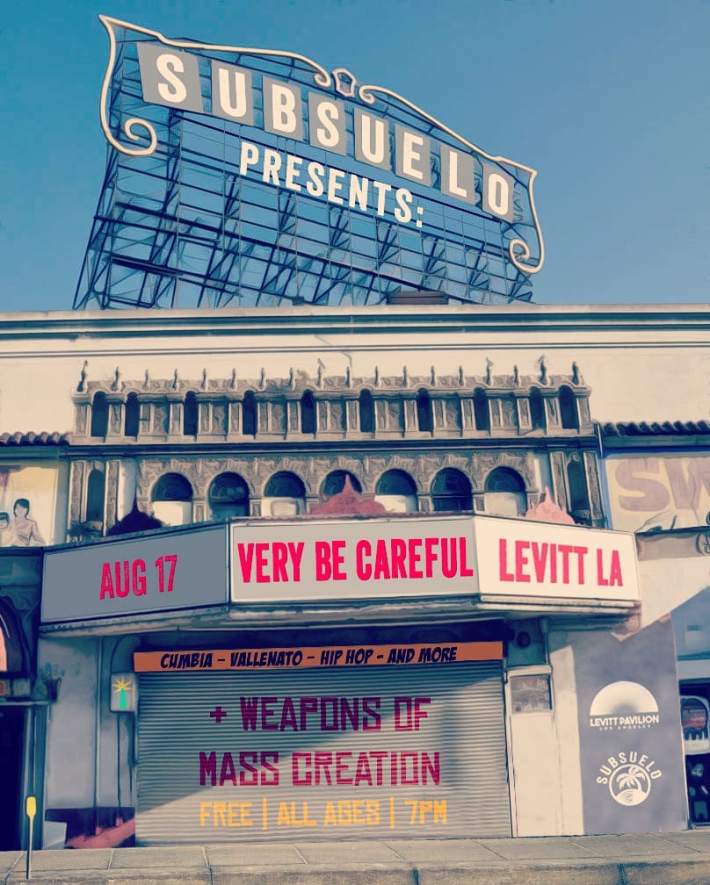
The Levitt Pavilion show will be something of a homecoming for the band. Guzman says they’re looking forward to reconnecting with friends form the early days as well as playing for younger generations of fans that might be making it out to a VBC show for the first time.
“We have a codependent relationship with our fans,” he says. “We're not just there to present something or to be a background band. We’re fully interacting with the audience. If they want to dance, we’ll play more dance numbers. If they want to like get super hyped, we’ll get hyped. And if they want to chill, we’ll chill. We don’t know what’s going to happen.”
RELATED: ‘What Are We Going To Do With Our Wednesdays Now?’ ~ A Long GoodBye For Low End Theory
